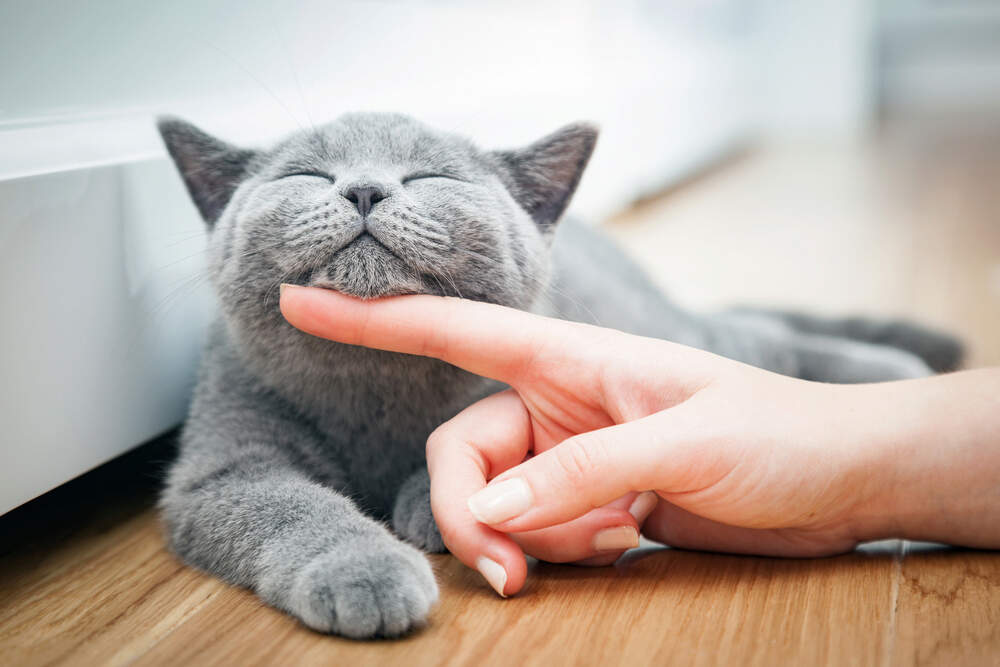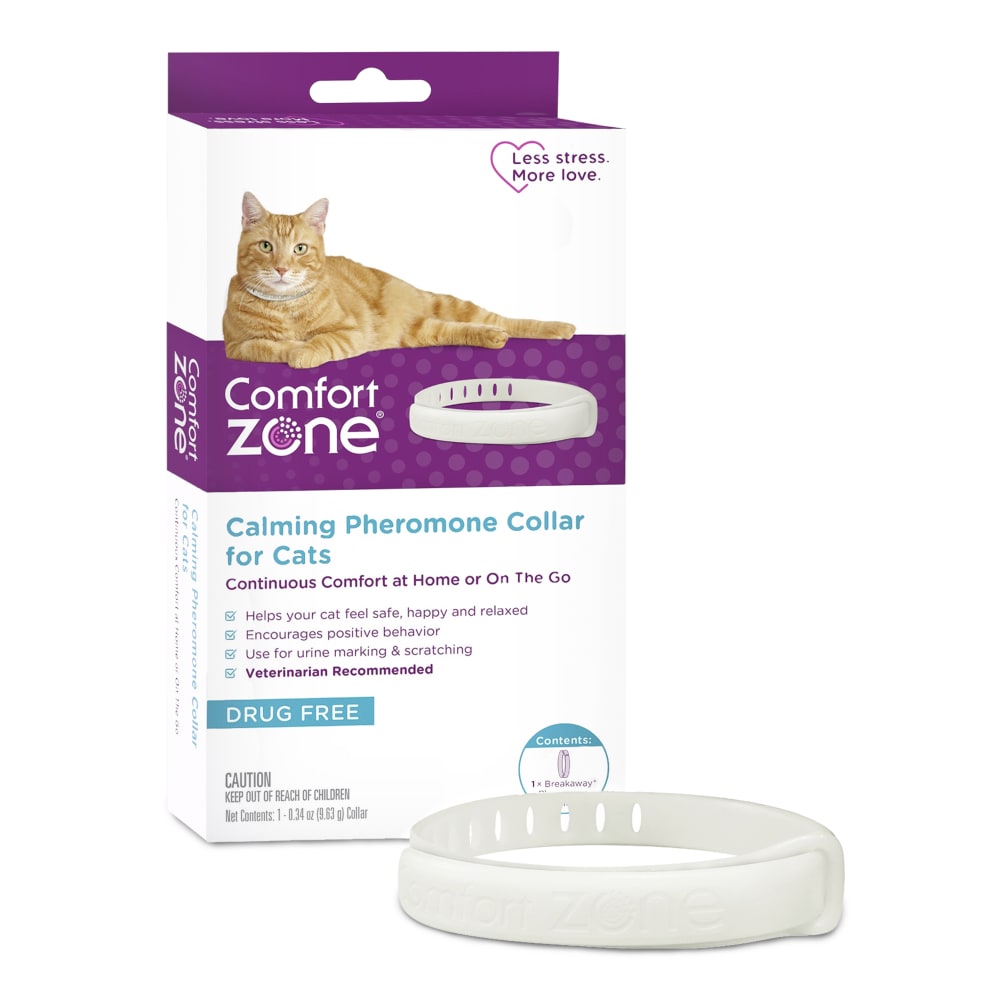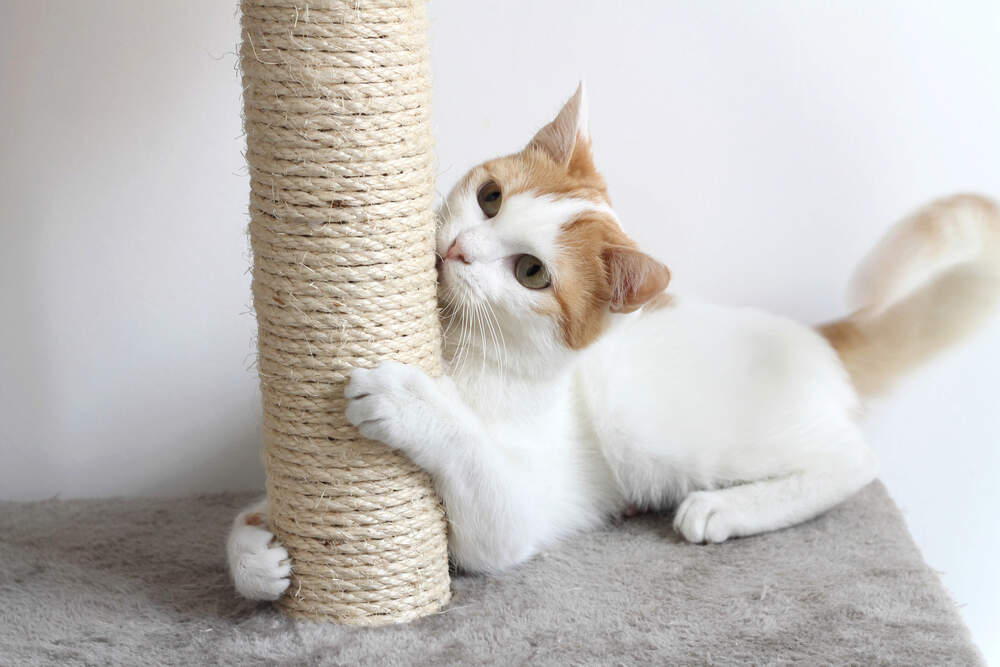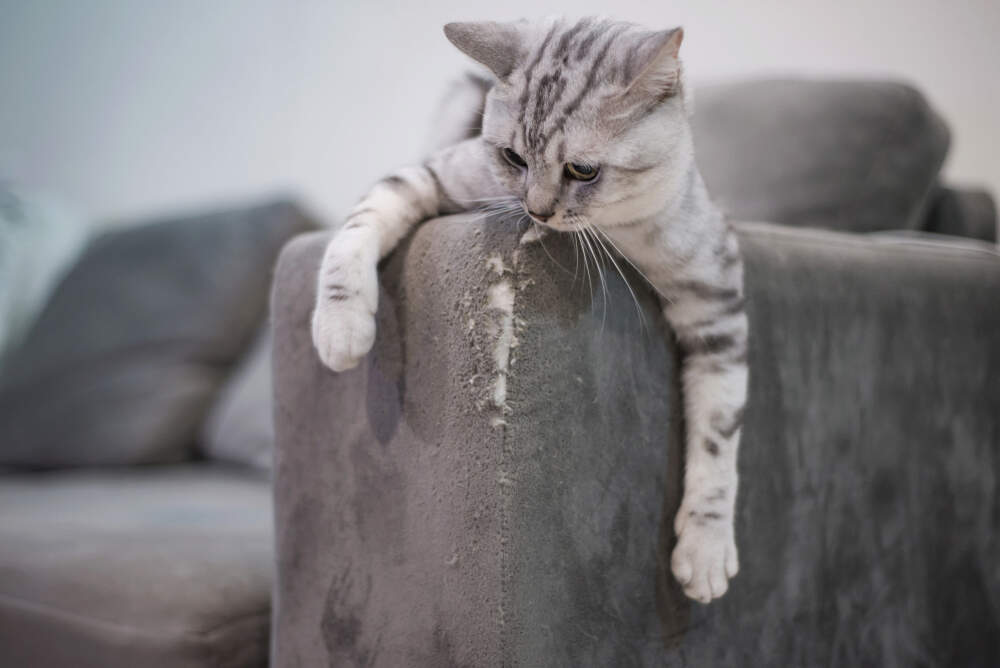How to Pet a Cat
Sweet, fluffy cats can be so much fun to pet. But cats are just like any animal, and approaching a kitty the wrong way might get a claw to your hand rather than a warm bump of her head. To make things even more confusing, a cat might sometimes seem to enjoy your pets, only to suddenly swat at you the next second. With so many ups and downs, it's natural to be cautious. Learning how to pet a cat isn't that difficult, but you need to take time to understand your cat's unique language.
Where Do Cats Like to be Pet?
Cats are very different from dogs when it comes to where they like to be petted. While dogs aren't very picky, cats can be a lot more sensitive.
Most cats love to be touched on the head near their scent gland areas, around the ears, cheeks, and just under the chin. Other cats may enjoy a soft pet on their back, moving your hand from head to tail. But this can really vary from cat to cat. Some studies have shown cats don't like their tail area being petted, while other cats love it.1
In contrast, most cats are uncomfortable being petted around their legs. Avoid the sides of their body and their throat region. Don't pet against the direction of their fur, from tail to head. Usually, a soft pet to the head is the best way to start. Remember, this is a gentle touch where you slide your hand along the back of the fur, not a firm pat like you might give a dog.
Cats don't like their paws touched unless they've been socialized to accept that as a kitten. This is why pet owners have such a tough time clipping their cats' nails.
Do Cats Like Belly Rubs?
Most cats are skittish about having their bellies rubbed or even just lightly petted. They feel vulnerable on their backs, so they might instinctively react by scratching your hand. Their belly skin is also extra sensitive.2 Of course, there's always the exception, and an occasional cat might enjoy a belly rub from someone they really trust.
If your cat doesn't love belly rubs, why does she roll on her back when she sees you? It's a cat's instinctual way of letting you know she trusts you. It's not an invitation to pet her belly; it's an invitation to a closer relationship. She's exposing her most vulnerable body part to you, letting you know she trusts you.
You might see cats exposing their belly to each other while playing. Sometimes this can be one cat's way of letting the other know they're trusted and are still friends, even during a "play fight."
How to Approach a Cat
Most cats need to be approached slowly. Unlike dogs, which often are fine with a rougher pet and quick movements, cats don't like to be startled. So, unless you're very close to one particular cat, you always want to approach them slowly when attempting to pet them.
Extend your hand and allow the cat to sniff it first.3 If he rubs his body or face against your hand, this is an invitation to pet him softly. The key is to let your cat decide. If he doesn't come to you, read a book or watch TV and wait for him to approach you later.
Sometimes, even when you're close to your kitty, he might shy away from letting you pet him if he thinks your hand smells odd or if he's feeling stressed. You might notice a pattern, such as your cat avoiding your pets every time you use a scented moisturizer. Respect your cat's boundaries, and he'll want to be petted more often.
Some very friendly cats don't mind if you pet them suddenly without waiting for an invitation, but this is typically only the case if you have a close relationship.
Watch Their Body Language
Even when you've owned a cat for years, you still want to watch your cat's body language when petting her.4 Some cats can only handle brief moments of petting before they feel overstimulated and need to be left alone. If you're petting your cat and notice her tail twitching, ears flattening, or her fur rippling, then you want to back off and give her some space. If you don't, it won't be long before you're swatted or scratched.
If a cat moves away from you, don't chase her down for more pets. Of course, there are always exceptions. Some extra friendly cats that you're close to will actually move away from you a little and want you to come after them or gently squeeze them and pull them closer. But you'll know this is their preference because they'll encouragingly purr when you approach and keep their tails held high. An upright tail is a sign of a happy cat that enjoys being petted.
Cats with extra energy might even take your pet as an invitation to play. If your cat starts to bite at your hand softly or tries to grab it with her paws while you're petting her, stop your movements. Give her a chance to release your hand, then transition into playing with her instead. Get a catnip toy or a feather wand and help her expend all that excess energy. If you ignore the signs and keep petting her, she might end up scratching you simply because she's feeling playful and forgot the power of her claws.
Try Calming Products
If your cat is stressed, Comfort Zone calming products can help. These products help cats manage stress by focusing on their "e-meow-tional" health. They release vapors that mimic a cat's natural pheromones, letting him know everything's okay. Try plugging the Comfort Zone Calming Diffuser into the rooms where your cat spends the most time. You might choose to put a Comfort Zone Calming Collar on your cat, so the calming signals are with him wherever he goes.
Learning how to pet a cat is all about being patient and studying your cat's body language. If you let him make the first move and pet him slowly and gently, he may be cuddling up to you for even more pets soon.
1. Delgado, Mikel. "10 Science-Backed Tips for Getting a Cat to Like You." Mental Floss, 16 July 2018, https://www.mentalfloss.com/article/549585/science-backed-tips-for-getting-a-cat-to-like-you.
2. Pardiwalla, Tanzim. "There's a Legit Scientific Reason Why Cats Hate Belly Rubs." Mashable, https://in.mashable.com/science/4055/theres-a-legit-scientific-reason-why-cats-hate-belly-rubs.
3. Human Rescue Alliance. "8 Tips for a Successful Meet and Greet with a Cat." HumanRescueAlliance.org, https://www.humanerescuealliance.org/blog/posts/tips-for-a-successful-meet-and-greet-with-a-cat.
4. Finka, Lauren. "Here's the Best Way to Pet a Cat, According to Science." LiveScience, 24 July 2019, https://www.livescience.com/66013-best-way-to-pet-your-cat.html.






